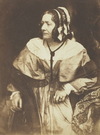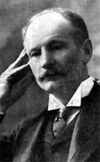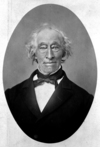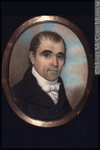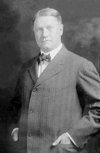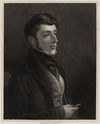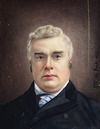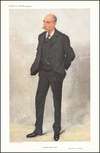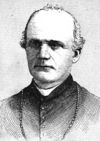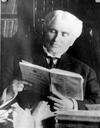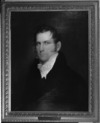unpopularity in St John’s and his evident want of judgement, something had to be done. In 1813 the British government thought that a solution had been found. On Prince Edward Island, Chief Justice Cæsar
Townshend’s life before he became collector of customs and naval officer for St John’s (Prince Edward) Island. He may have obtained the appointments because of a family connection with George, Viscount
favoured people who in July 1767 received 20,000-acre grants in St John’s (Prince Edward) Island, being awarded Lot 56 in the east end of the Island. In 1770, embarrassed by his Irish expenses, he
Townshend*, an early collector of customs in Prince Edward Island. His father served as rector of Christ Church, Amherst, for over 60 years, and through his mother, a daughter of
. Rous) was sent to Île Saint-Jean (Prince Edward Island) to deliver the terms for its evacuation, and the sloop Hinchingbroke was sent to cruise eastward along the coast of Cape Breton
apprentices from Stornoway to York Factory (Man.) in the chartered ship Edward and Ann. From 1811 to 1817 Tod was stationed in the Severn District in the vicinity of Hudson Bay. He was at Trout Lake
’ Institute and lectured several times on such subjects as aerial perspective and the first principles of drawing.
Prince Edward Island was fortunate in
awarded an lld. Admitted to the Irish bar in 1790, he entered the colonial service in 1801 when he was nominated chief justice of Prince Edward Island
superintendent of its busiest commuter line, the Long Island Rail Road.
Thornton’s skilful direction of the LIRR drew the attention of the wider railway world
*].
In late July Thomson visited Prince Edward Island and met with Lieutenant Governor Sir
contentious issues of the 1870s between Catholics and Protestants that racked New Brunswick and Prince Edward Island, and inevitably crossed into Nova Scotia. In part it was owing to him that the working of
Allan*] and subsequently was employed in a brokerage office. Fond of soldiering and the outdoors, he joined the militia, enlisting in the 1st (Prince of Wales’s) Regiment of Volunteer Rifles as an
, France, perhaps in 1715. By 1723 he was in Île Royale where he was made second ensign on 9 May. Promoted ensign five years later, he was soon posted to Île Saint-Jean (Prince Edward Island). In 1729
Andrew’s College in Prince Edward Island and at the Grand Séminaire de Québec. Ordained to the priesthood in 1844, he subsequently served parishes in Saint John, Wards Creek, Chatham, and Barachois, N.B
1845 to 1858. See also: CO 226/91, 173–75; 226/92, 11–21; 226/94, 144–51.
Prince Edward Island
Patriot force once it was assembled on Canadian soil. Sutherland claimed that it was he and “some others,” rather than Mackenzie, who decided to take the Patriot force to Navy Island, on Canadian soil
, and in 1854 he was instrumental in establishing many of the Free Church sessions on Prince Edward Island. Sutherland also played a major role in stabilizing the precarious financial position of the
Charlottetown.
William Wilfred Sullivan’s parents arrived on Prince Edward Island from County Kerry (Republic of Ireland). In April 1835 the
new governor, Sir James Henry Craig*, named his own favourite, Edward Bowen
Presbyterian Church (1870), the best known of his several local churches, and in Charlottetown the Bank of Prince Edward Island (1867) and the Post Office (1871




